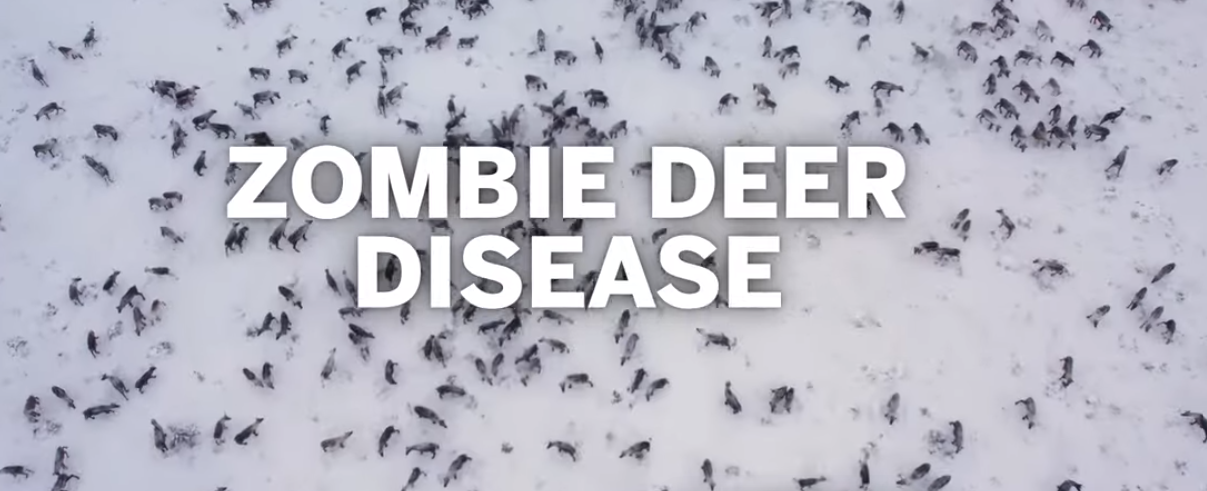A “zombie deer disease” that was first discovered in Yellowstone National Park is now spreading throughout the country, causing what scientists refer to as a “slow-moving disaster.”
The deadly disease has no cure and is prevalent in elk and deer, but research’s suggests that it may even infect humans.
What is Zombie deer disease?
Zombie deer disease, also known as CWE or chronic wasting disease (scientific name), mainly impacts deer, sika deer, elk, reindeer, and moose. It’s unknown where the origin “zombie deer” first appeared. This disease gradually deteriorates the brains of these animals, leading to dementia-like symptoms and, finally, death.
Spread and Symptoms
Animals generally infected with CWD exhibit symptoms such as aggression, dementia, drooling, unsteadiness, aggression, and weight loss about a year after infection. The disease spreads via bodily fluids such as urine, saliva, feces, or blood, and prions may persist in the environment for extended periods.
Geographic occurrence
Yellowstone National Park’s deer carcass tested positive for CWD in the middle of November. According to the reports of CDC, CWD has been found in a minimum of 31 states in the United States and three provinces in Canada, as well as in Sweden, Norway, South Korea, and Finland. The primary case of CWD was discovered in 1967 in Colorado.
What’s the risk of zombie deer diseases spreading to human beings
There have been no reports of human-to-zombie deer disease transmission thus far. Experimental studies on CWD suggest, however, that it’s a possibility, mainly if humans consume infected meat. Current estimates from the CDC suggest that each year, people consume up to 15,000 animals infected with CWD.
Furthermore, the temperatures required to cook off its prions in meat are far above daily cooking temperatures.
Within animals, it spreads via their urine, saliva, feces, or blood. According to the CDC, the prions may also stay in environments for a long period.
How can zombie deer disease be detected?
Zombie deer disease may only be confirmed by testing lymph nodes or brain samples from dead animals. There is no relevant test for live animals, although few studies are underway to develop one. Lowering the transmission and contact of prions among cervids and their environment can prevent this disease.
Has there ever been a disease transfer from animals to humans?
It happens frequently. In the 1980s and 90s, “mad cow” disease was discovered to have spread from animals to human beings in the UK. According to the FDA based in the US, a total of 232 people globally have died from the disease.
From avian influenza to rabies, zoonotic diseases- that may spread from animals to human beings- have long posed a major public health concern.
Covid-19 is also an example of a disease that has spread to humans from animals in a wet market in Wuhan, China. Almost 7 million people globally have died from Covid-19 in less than just four years.
Precautions
The CDC has mentioned various precautions against consuming meat infected with CWDs, like
- You should test hunted animals before consuming the meat.
- It would be best if you avoid elk and deer that look sick, act weirdly, or dead.
- Use good quality rubber gloves or latex when removing the internal parts of hunted deer while reducing contact with the spinal cord tissues and brain.
- You should avoid using kitchen utensils or household knives when handling deer meat.
Determining whether a deer is infected may only take place after its kill as testing needs samples of tissue deep within the brain.
Please visit our health and technology page for more trending and relatable updates.












One thought on “Zombie deer disease”